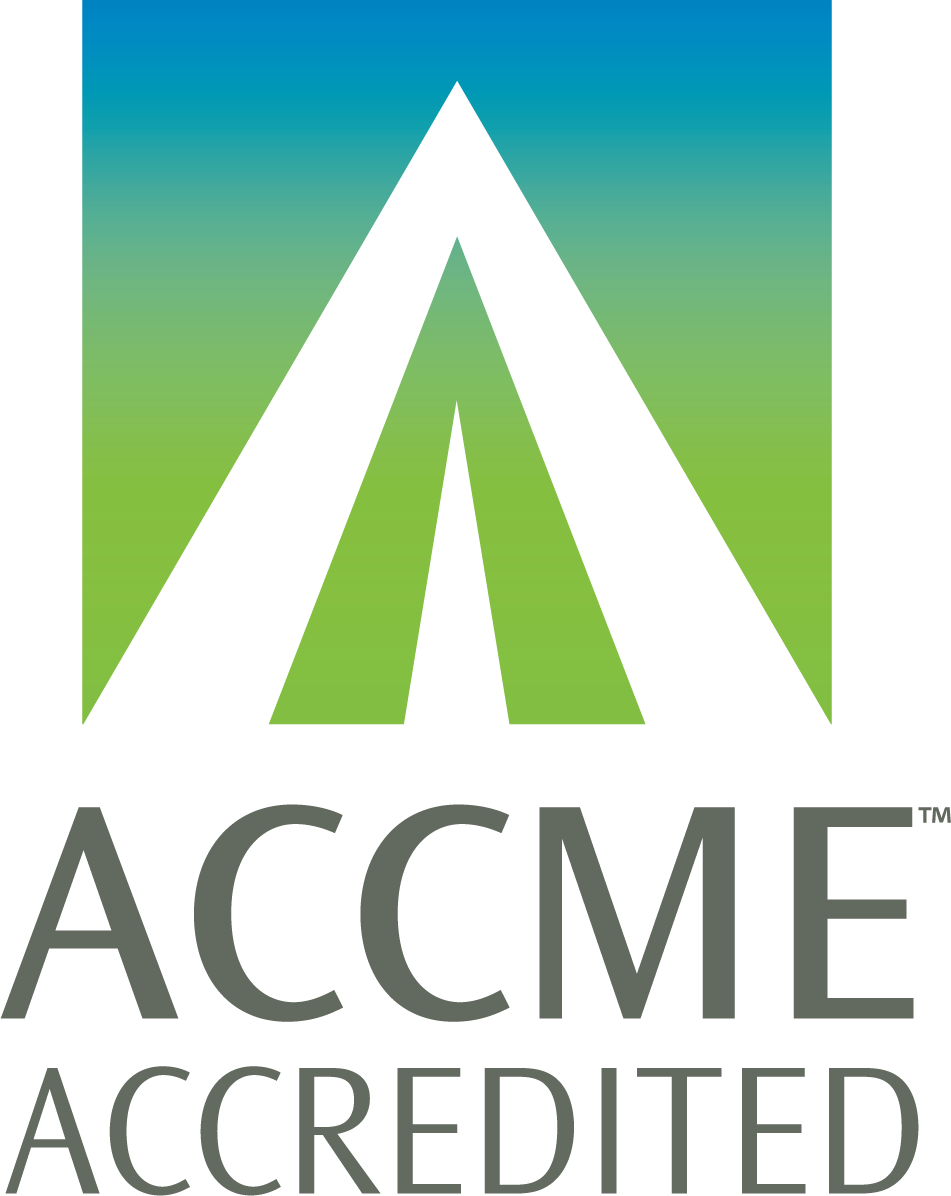Venous Thromboembolism Prophylaxis in Surgical Patients
Shreejith Pillai, MD, Tanya Kakar, MD, and Scott Kaatz, DO, MSc, SFHM
Based on the original Venous Thromboembolism Prophylaxis in Surgical Patients, by Charles Locke, MD, Michael Steiff, MD and Leonard Feldman, MD.
If you are a Program Director and would like to grant access to your trainees, please reach out to education@hospitalmedicine.org for an academic access code.
Summary
Prophylaxis for deep vein thrombosis (DVT) and pulmonary embolism (PE), together referred to as venous thromboembolism (VTE), must be addressed for every patient going to the operating room. Multiple guidelines are available to assist choosing the correct prophylactic agent for each patient and type of surgery. The American College of Physicians (ACCP) guidelines have been one of the standards for hospitalist for decades but was last updated in 20121 and recommendations and suggestions are based on the type of surgery. The American Society of Hematology (ASH), which put forth their first guideline in this field in 20192, took a broader and slightly more universal approach to prevention strategies. The authors of this module bring forth a blended approach of these two guidelines with an emphasis on the newer guideline.
Learning Objectives
After completing the module, the participant should be able to:
- RECOGNIZE the clinical impact of venous thromboembolism (VTE) on surgical patients.
- DESCRIBE the risk factors that increase the likelihood of developing a VTE and how to risk stratify surgical patients based on these factors.
- FORMULATE the goals of prophylactic intervention programs.
- SUMMARIZE the VTE prophylaxis regimens for general and abdominopelvic surgery patients.
- SUMMARIZE the VTE pharmacologic prophylaxis regimens for major orthopedic surgery patients.
- OUTLINE when to initiate VTE pharmacologic prophylaxis and the current roles of extended VTE pharmacologic prophylaxis.
Instructions
The following is an interactive educational module designed to help you gauge your basic knowledge of the topic and then direct you to areas you may need to focus on. It consists of several sections: a pre-test, a study program, and a CME evaluation. All sections must be completed to receive CME credit.
Additional Information
| Attachment | Size |
|---|---|
| 138.39 KB |
Faculty & Disclosure
Authors
Shreejith Pillai, MD
Tanya Kakar, MD
Scott Kaatz, DO, MSc, SFHM
Dr. Kaatz reports consulting for Janssen, BMS-Pfizer, Gilead, CSL Behring, Astra Zeneca, and Portola/Alexicon, Novartis, and has received research grants or contracts from BMS and Janssen.
Editors
Leonard Feldman, MD, FACP, SFHM
Kurt Pfeifer, MD, FACP, SFHM, DFPM
Disclosures
The faculty and planners of these activities have no relevant relationships to disclose unless denoted above. All relevant relationships were mitigated prior to the start of this activity.
SHM Conflict of Interest Disclosure Policy
In accordance with the ACCME Standards for Commercial Support, SHM requires that individuals in a position to control the content of an educational activity disclose all relevant financial relationships with any commercial interest. SHM mitigates all conflicts of interest to ensure independence, objectivity, balance, and scientific rigor in all its educational programs. All relevant financial relationships shall be disclosed to participants prior to the start of the activity.
Furthermore, SHM seeks to verify that all scientific research referred to, reported, or used in a continuing medical education (CME) activity conforms to the generally accepted standards of experimental design, data collection, and analysis. SHM is committed to providing its learners with high-quality CME activities that promote improvements in healthcare and not those of a commercial interest.

Accreditation Statement
The Society of Hospital Medicine is accredited by the Accreditation Council for Continuing Medical Education (ACCME) to provide continuing medical education for physicians.
Credit Statement Designation
The Society of Hospital Medicine designates this activity for a maximum of 2.00 AMA PRA Category 1 Credit(s)TM. Physicians should claim only credit commensurate with the extent of their participation in the activity.
Successful completion of this CME activity, which includes participation in the evaluation component, enables the participant to earn up to 2.00 MOC in the American Board of Internal Medicine's (ABIM) Maintenance of Certification (MOC) program. Participants will earn MOC points equivalent to the amount of CME credits claimed for the activity. It is the CME activity provider's responsibility to submit participant completion information to ACCME for the purpose of granting ABIM MOC credit.
Available Credit
- 2.00 ABIM MOC Self Evaluation PointsSuccessful completion of this CME activity, which includes participation in the evaluation component, enables the participant to earn up to 2.00 MOC points in the American Board of Internal Medicine's (ABIM) Maintenance of Certification (MOC) program. Participants will earn MOC points equivalent to the amount of CME credits claimed for the activity. It is the CME activity provider's responsibility to submit participant completion information to ACCME for the purpose of granting ABIM MOC credit.
- 2.00 AMA PRA Category 1 Credit™
Price
![]() The following is an interactive educational module designed to help you gauge your basic knowledge of the topic and then direct you to areas you may need to focus on. It consists of several sections: a pre-test, a study program, and CME evaluation. All sections must be completed to receive CME credit.
The following is an interactive educational module designed to help you gauge your basic knowledge of the topic and then direct you to areas you may need to focus on. It consists of several sections: a pre-test, a study program, and CME evaluation. All sections must be completed to receive CME credit.
Click START to begin.
If you are a Program Director and would like to grant access to your trainees, please reach out to education@hospitalmedicine.org for an academic access code.

 Facebook
Facebook Twitter
Twitter LinkedIn
LinkedIn Forward
Forward